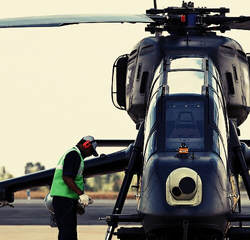 Light Combat Helicopter developed by Hindustan Aeronautics Limited ( HAL ) is a multirole combat helicopter for use by Indian Army and Indian Air Force. It is an attack helicopter derived from the existing HAL Dhruv helicopter. The LCH can be deployed in various roles, including tracking slow-moving aerial targets, insurgency, destroying enemy defences, search and rescue, anti-tank and scouting. It is one of the best weapon systems developed in India presently and has ushered Indian defence market in a new era of modernization and Indigenisation. Read on to know more about this magnificent attack chopper : Background :During the 1999 Kargil War, operations of Indian Air Force were hampered as the only combat helicopter, the Mi-35, couldn’t operate at extremely high altitudes where most of the conflict was concentrated. "The Mi-35 couldn’t even cross the Banihal pass. We were handicapped and badly needed a chopper that can even launch assaults at high altitudes,” (Retd) Wing Commander Unni Pillai, the chief test pilot of Hindustan Aeronautics Ltd. (HAL) reminisced. India has always been at a back foot regarding attack helicopters in comparison to its regional rivals like Pakistan which operates nearly 48 Bell AH-1F/S Attack helicopters which it acquired from U.S. and will be getting CAIC Z-10 from China and T-129 'Atak' from Turkey in addition to Bell AH-1Z Viper from U.S. and Mi-35 'Hind-E' from Russia. India on the other hand operated some 20 Mi-35 some of which has been donated to Afghanistan and indigenous HAL Rudra which is an armed variant of HAL Dhruv utility helicopters. India lacked any sort of offensive attack helicopters fleet and India needed dedicated attack helicopters to keep up its offensive teeth. Loopholes were highlighted when India could not deploy any attack helicopters for troop support in high altitude warfare during Kargil War. The inability of the MI-25/MI-35 and even the armed MI-17 to operate at these heights resulted in a critical weapon system being left out of the battle, for which India paid a heavy price in terms of casualties. Accordingly, the government approved the development of the Light Combat Helicopter (LCH) by the state owned Hindustan Aeronautics Limited (HAL) in 2006.
|
| What’s the most important thing to develop a technology/ product? Different peoples have different opinions some may say money, someone may find human resource is the most important thing. Yes all these are very important but one thing stood up above all these that is the research and test facilities; these are the most important thing to develop anything. HAL well utilised the ecosystem already started with Dhruv in development of HAL LCH. The ecosystem started with HAL LCH now will be well continued by future plans forthwith. |
In Service :
With Light Combat Helicopter India and HAL has established itself as a major player in aviation industry. HAL played well in development of LCH catering to the armed forces demands in making a combat helicopter much above the world standards and capable to wreak havoc on enemy hardware and defend itself with much survivability features in hostile environment. Its composite airframe makes it light,durable yet sturdy and well armoured comparing to any helicopter gunship of 21st century era.
Myanmar Armed Forces Commander-in-Chief Senior General Min Aung Hlaing checking the India's HAL Light Combat Helicopter (LCH) :
Specifications :-
Length : 15.8 metres
Main rotor diameter : 13.3 metres
Height : 4.7 metres
Weight (empty) : 2250 kg
Weight (maximum take off) : 5800 kg
Maximum speed: 265 Kmph
Range: 550 Km
Service Ceiling: 6.5 km
Climb rate: 5 m/s
HAL Light Combat Aircraft Enthralling Pictures :-
References :-
1. Wikipedia
2. Military Factory
3. Military Today
4. Army Technology
4. India Strategic
5. www.oneindia.com
6. LiveFist Defence
7. thestrategictimes.com
8. http://www.hal-india.com/Common/Uploads/TabbedContentTemplate/1_Down_Combined_brochures.pdf
9. Trishul Trident
10. http://thebetacoefficient.blogspot.com/2015/04/why-apache-is-brute-and-lch-is-elegant.html
11.http://thebetacoefficient.blogspot.com/2015/04/why-lch-is-sports-car-compared-to.html
12. aermech.in
13. Defence Forum India
14. Hindustan Aeronautics Limited ( HAL )
15. https://www.safran-helicopter-engines.com/engine-partnerships/partnerships/shakti/shakti
16. https://thaimilitaryandasianregion.wordpress.com/2015/10/30/hal-light-combat-helicopter-lch-india/
17. Janes
18. Elbit
19. Various Indian Media Outlets
20. idrw.org
21. IADN / Deb Rana
22. Indian Defence Review
23.CLAWS Research Team
24.IDN-Takes
25.Deagel
26.DRDO official website.
WE CREATE TOP CLASS CONTENT SPARING TIME FROM OUR PERSONAL LIVES. IT IS DIFFICULT TO MAKE SUCH CONTENT AS IT INVOLVES A LOT OF BACKGROUND RESEARCH.WE WILL CONTINUE TO DO SO FOR A FORSEEABLE FUTURE AS WE ARE PLANNING TO BUY OUR OWN WEBSITE DOMAIN. IT IS ABSOLUTELY IMPORTANT THAT WE SHOULD REMAIN FINANCIALLY STRONG TO BRING SUCH CONTENT. WE REQUEST READERS TO CONTRIBUTE SOME AMOUNT FOR OUR CAUSE.
EVEN A SMALL AMOUNT OF RS. 20 AS MUCH AS YOUR DAILY STREET SNACK TO WHATEVER YOU WISH IS ACCEPTABLE.
CONTRIBUTE US BY CLICKING ONE OF THE BUTTONS BELOW.
I am sad to see that despite such a wonderful light combat helicopter, Government is not giving it required push to protect skies and 130 crore s people.
Sir, as said in the article LCH is already ordered by Indian Army ( 115 ) and IAF ( 65 )
Leave a Reply.
Author
Palash Choudhari
Varun Karthikeyan
Anoop Madhavan
Archives
April 2021
February 2021
June 2020
March 2019
January 2018
December 2017
October 2017
September 2017
August 2017
July 2017
March 2017
February 2017
January 2017
December 2016
November 2016
October 2016
September 2016
August 2016
July 2016
Categories
All
F 16 Blk 70 Versus JAS 39 Gripen E
Fighter Planes
Indian Missiles
ISRO
LCA VS JF17
ULV

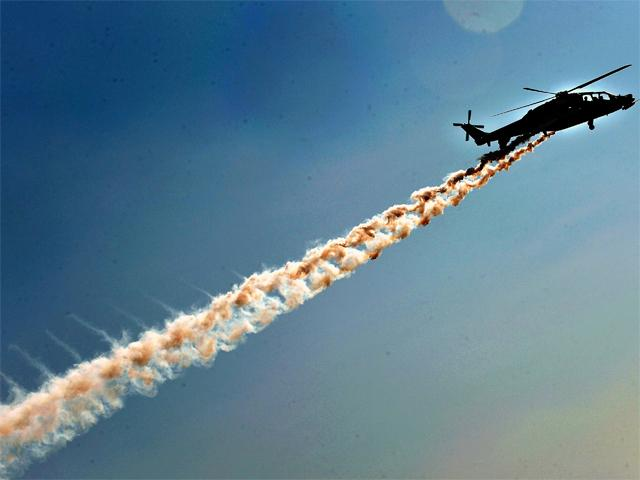
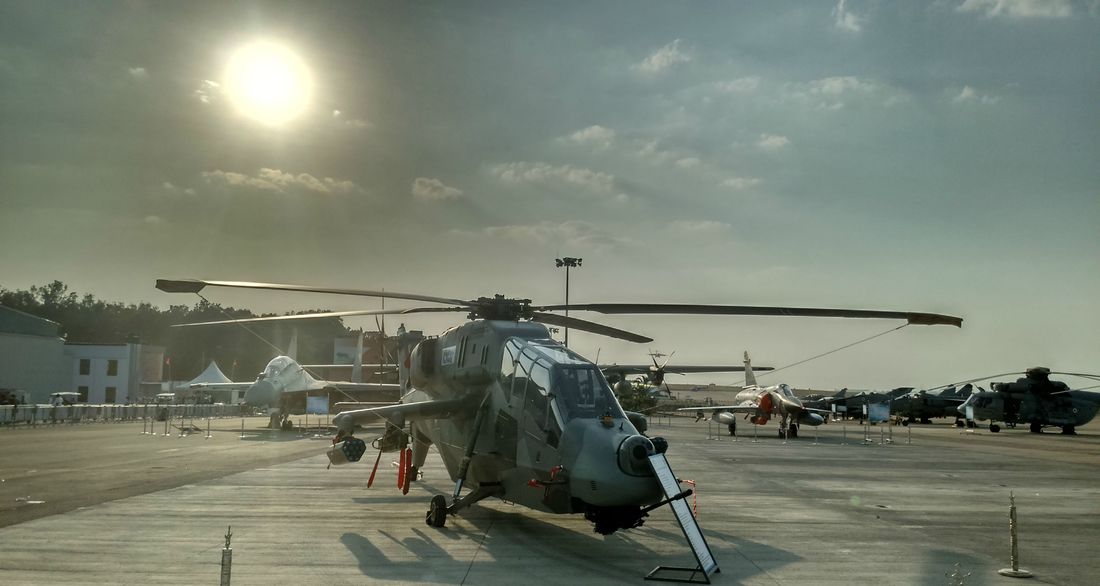
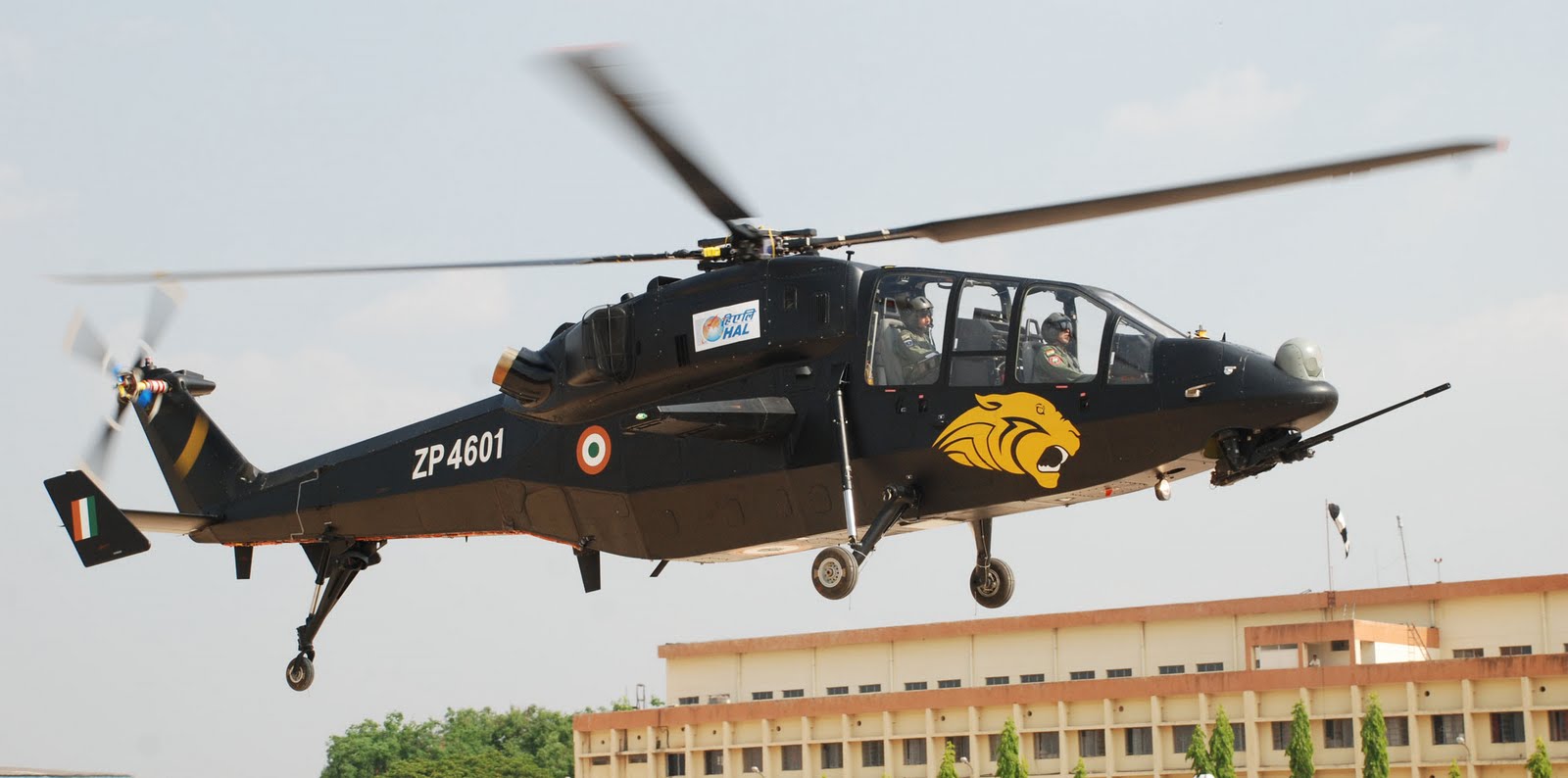
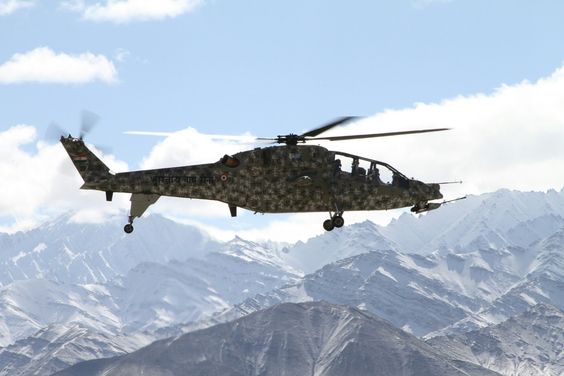
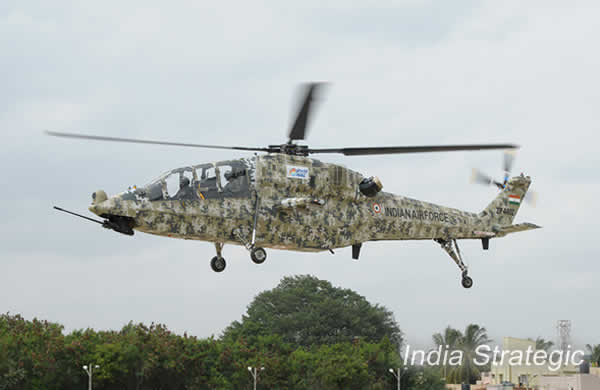

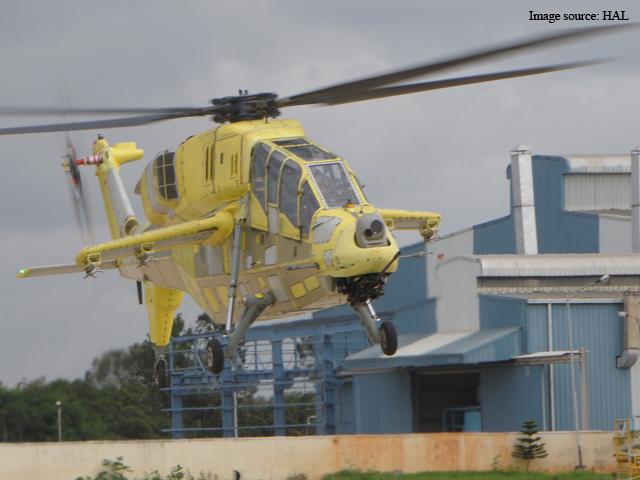
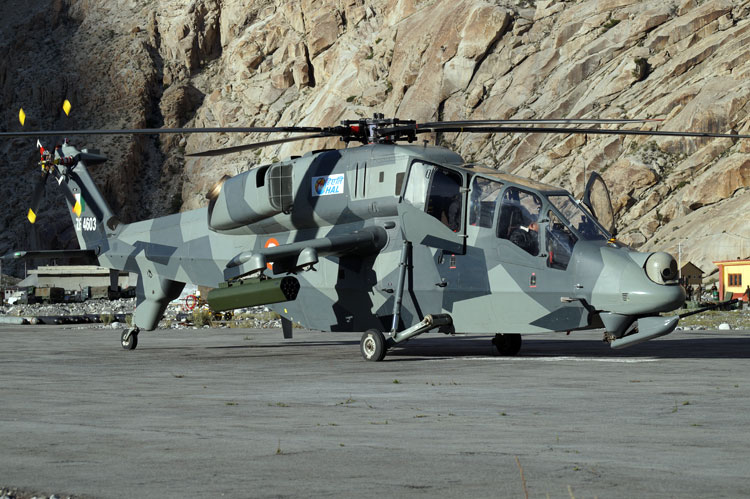
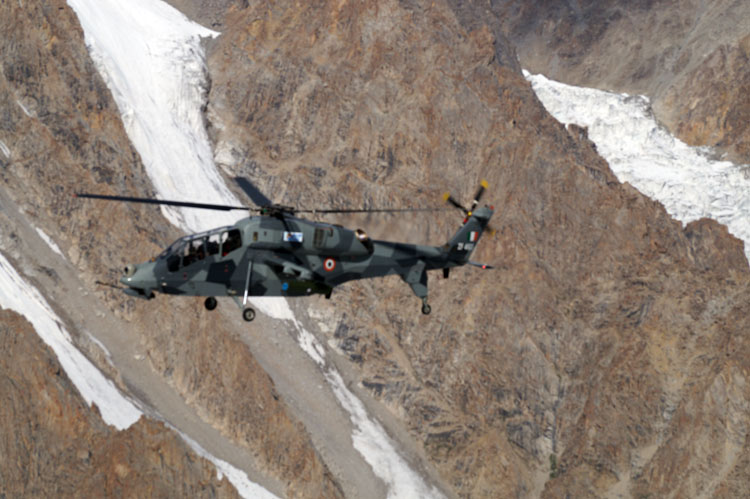
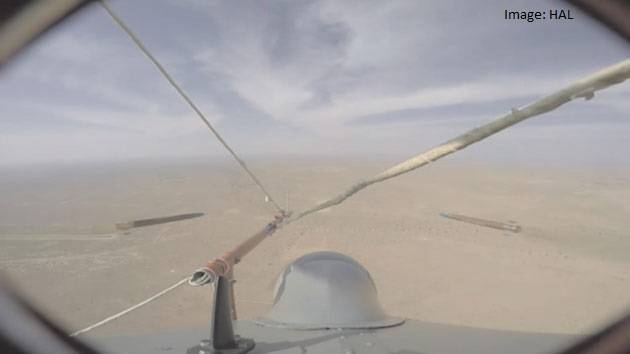

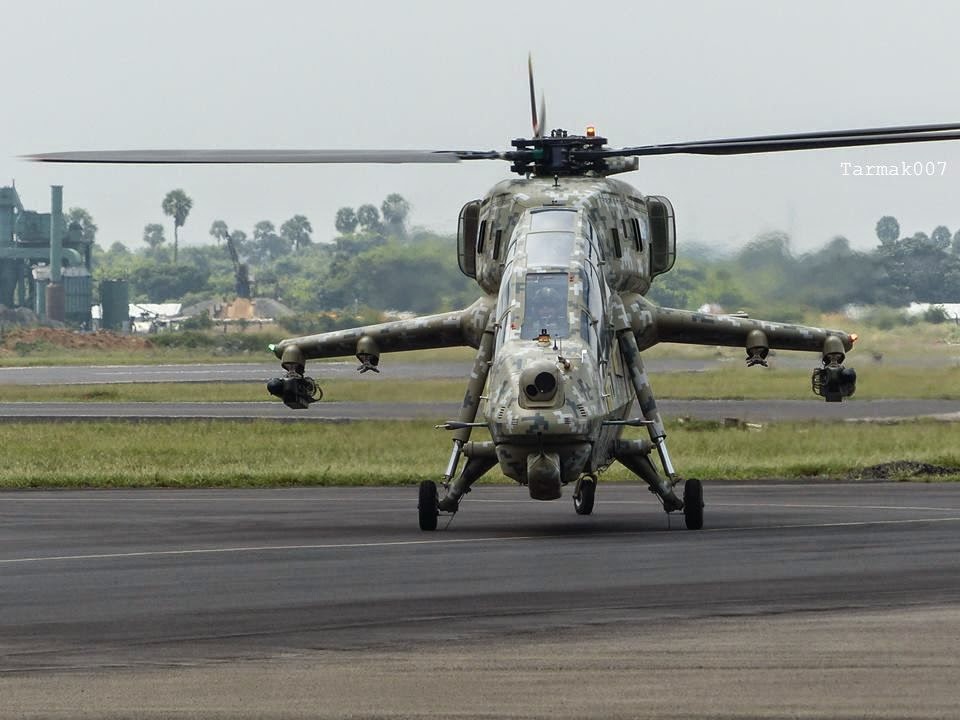
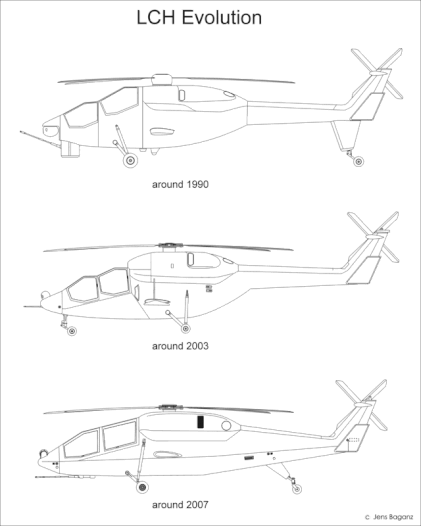
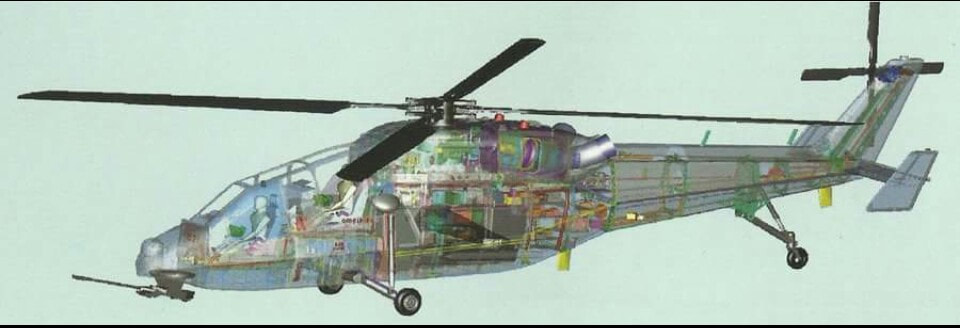
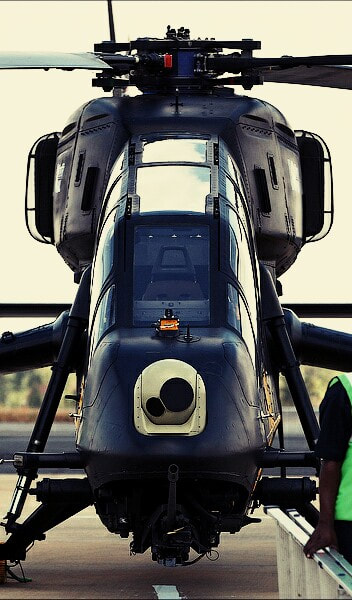
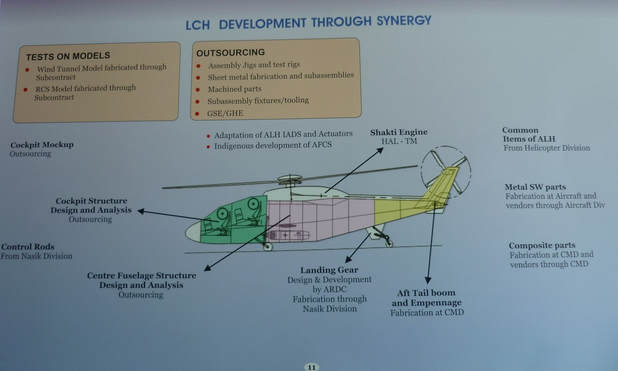
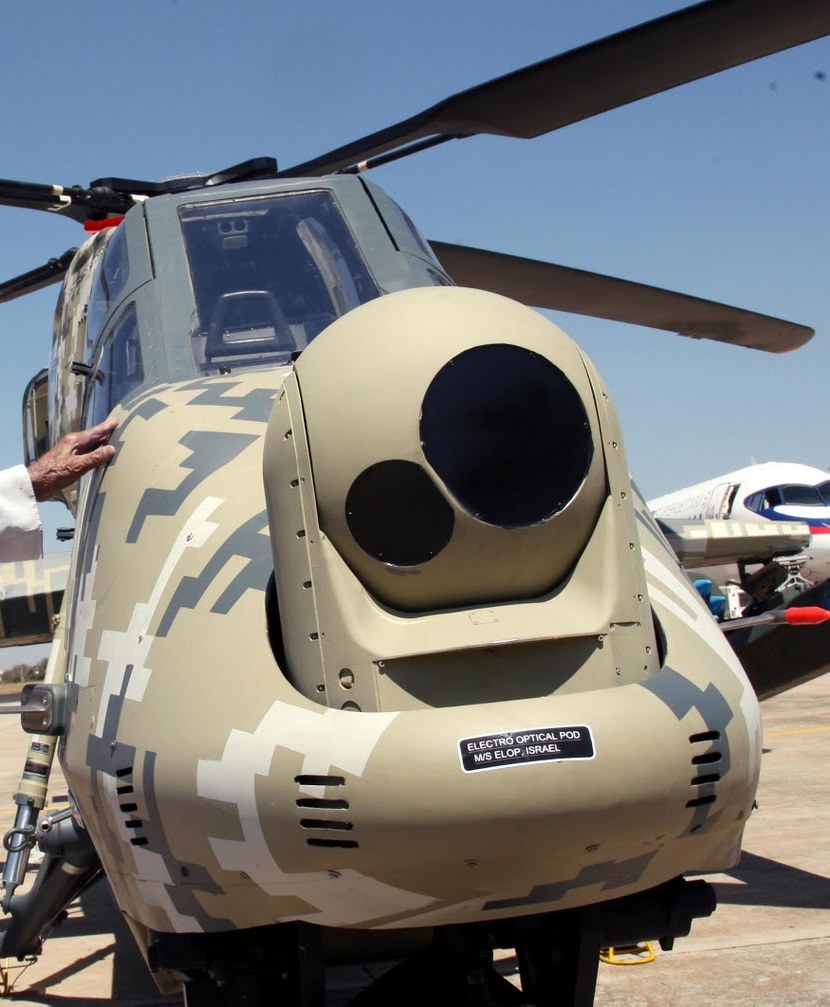
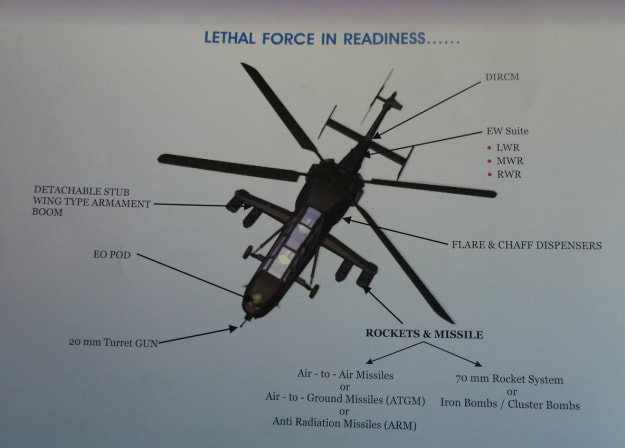
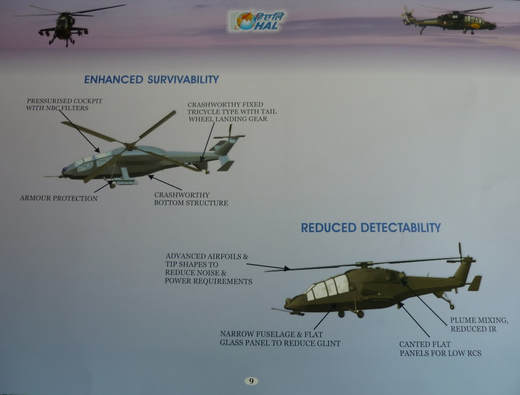
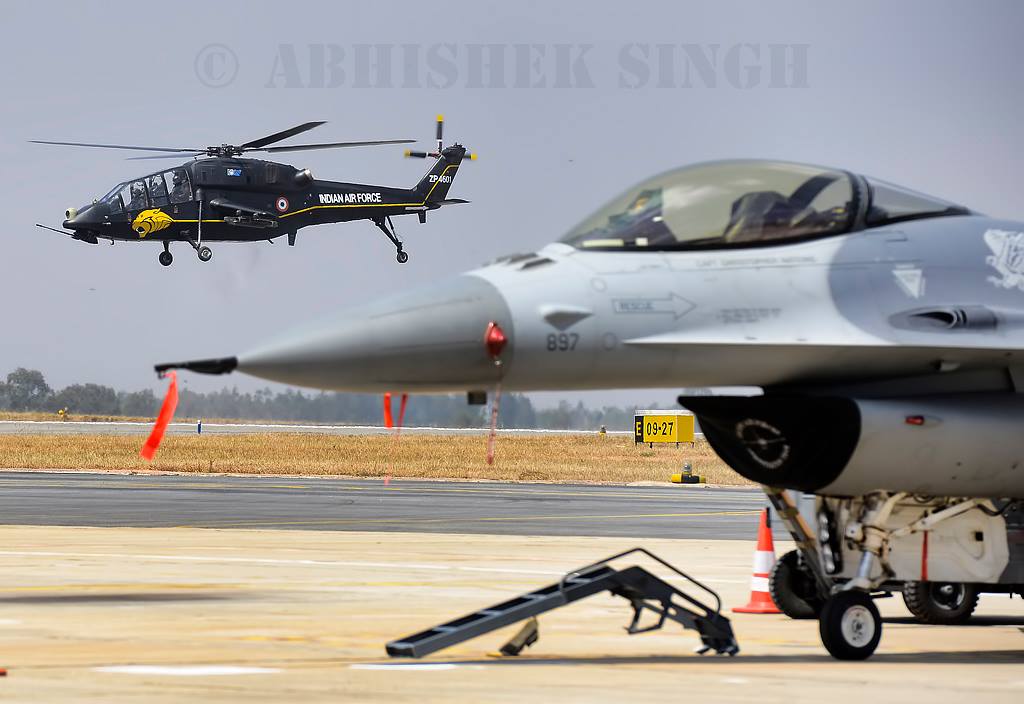
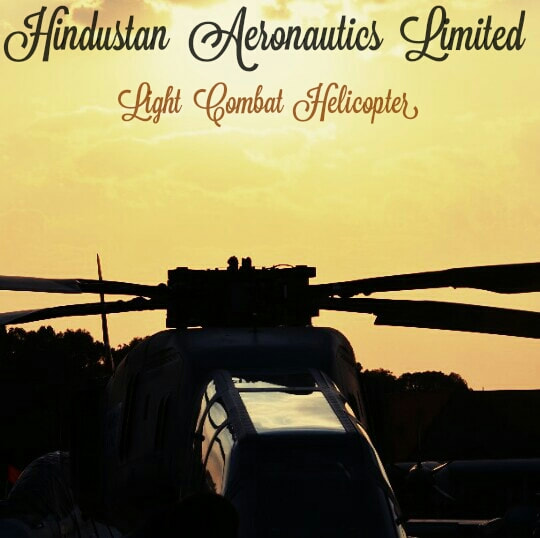
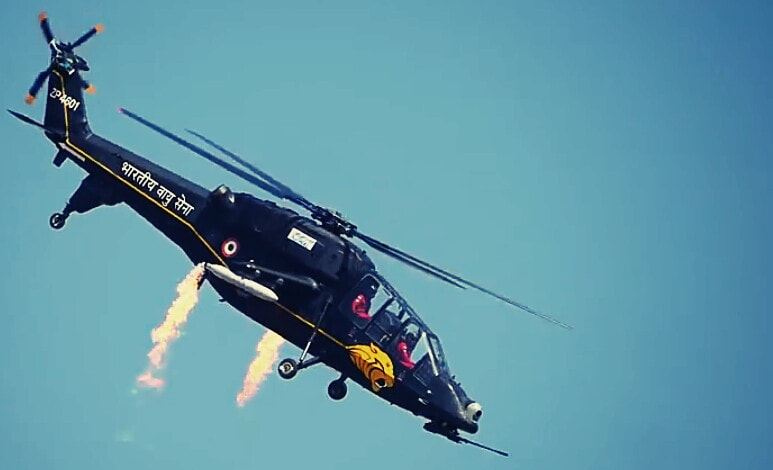
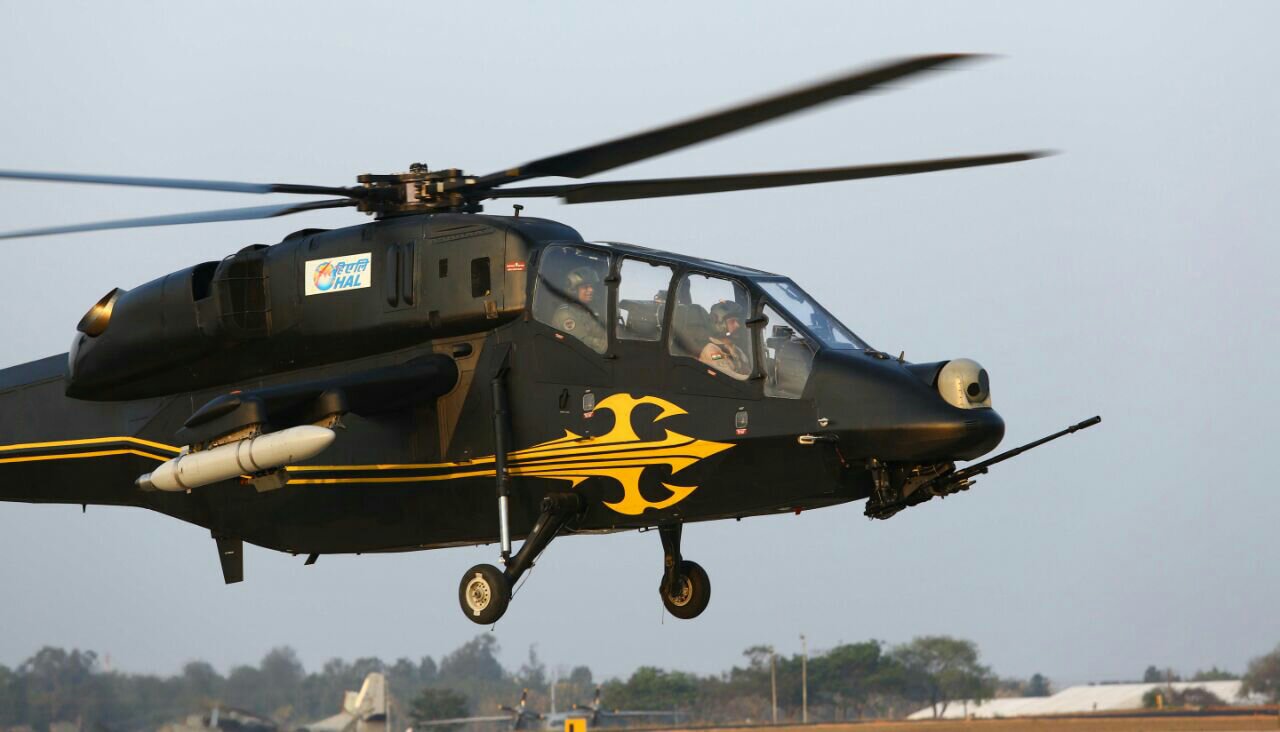
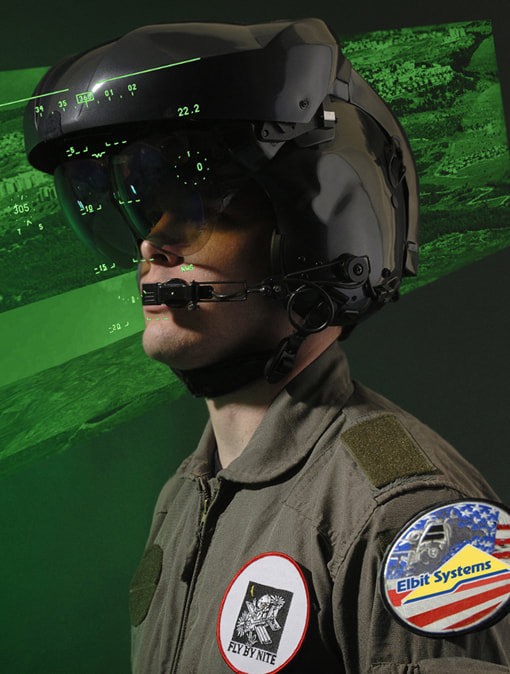
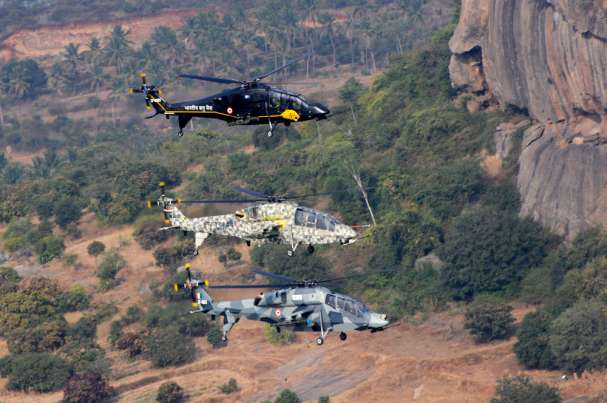
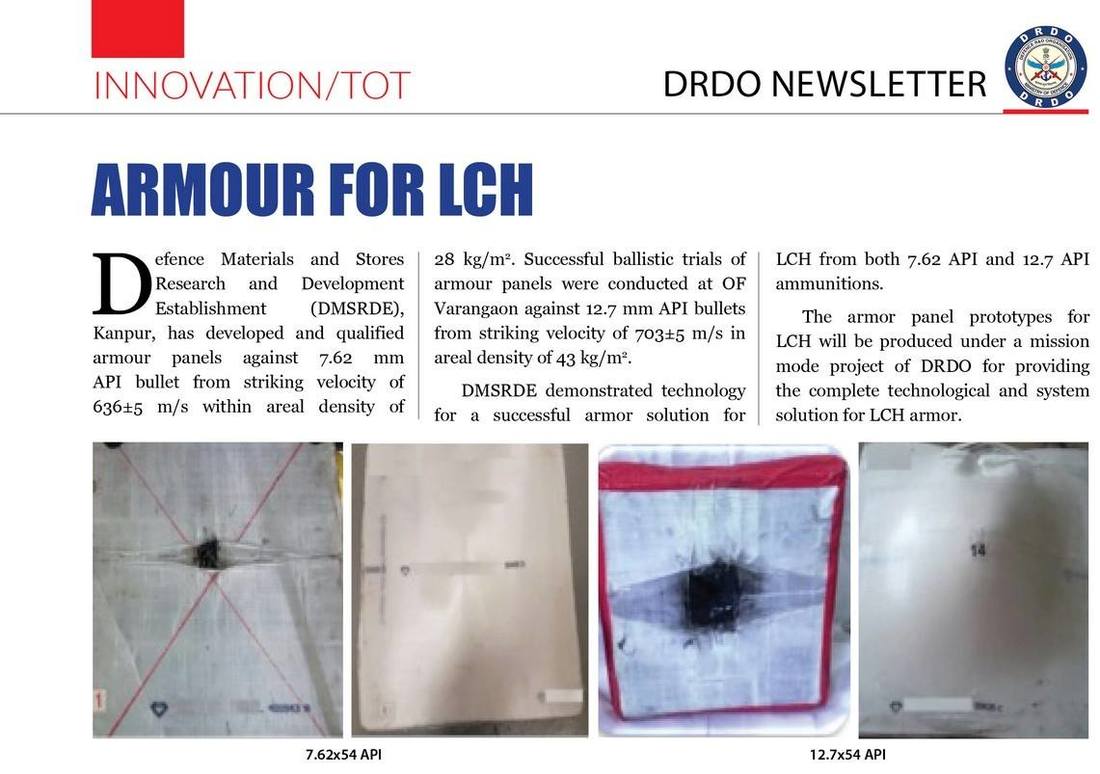
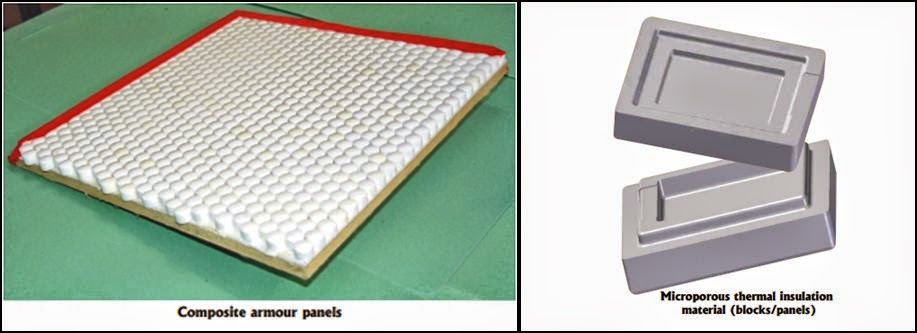

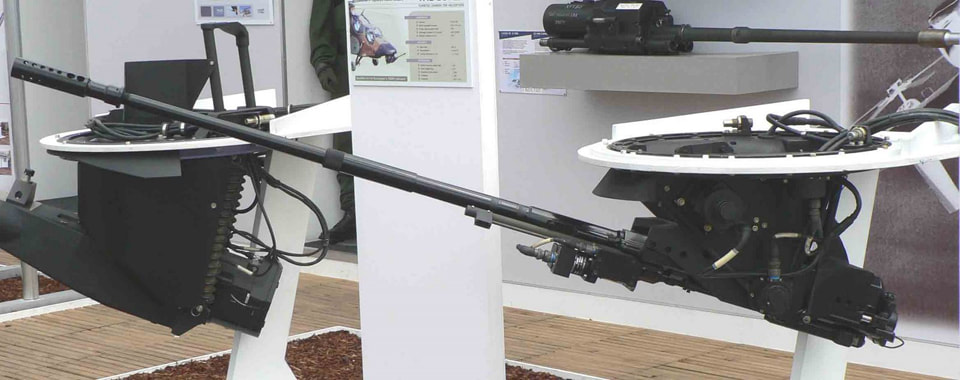
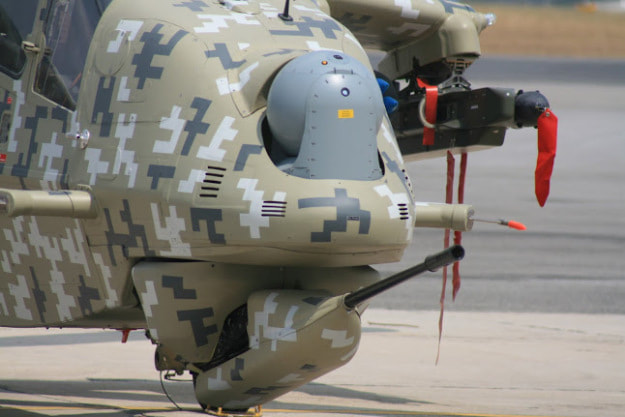
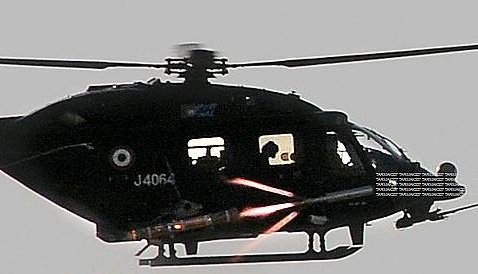
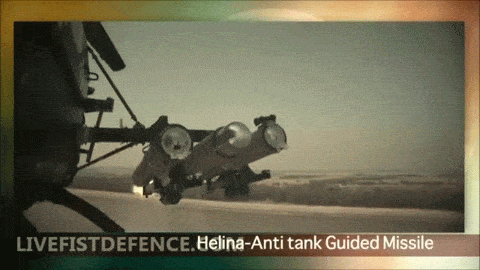
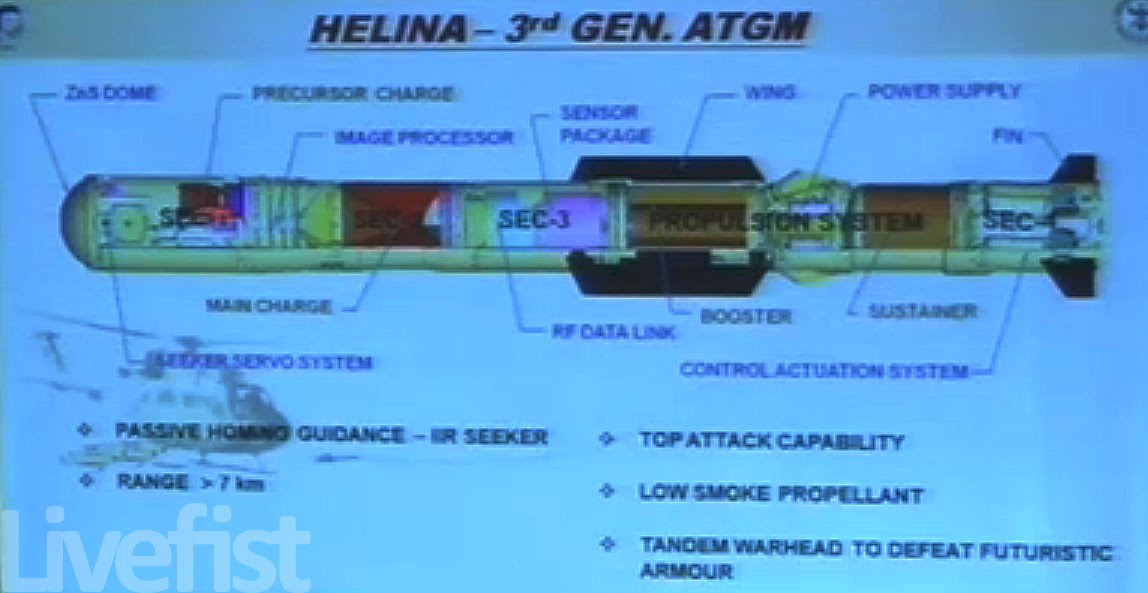
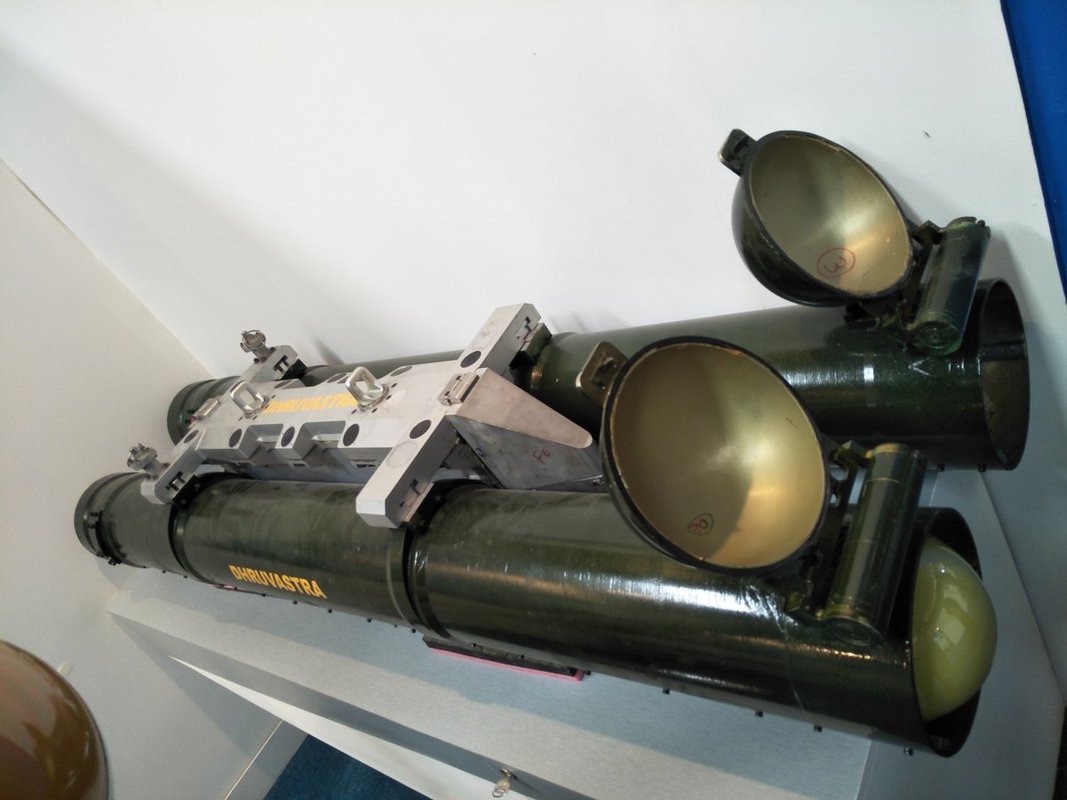
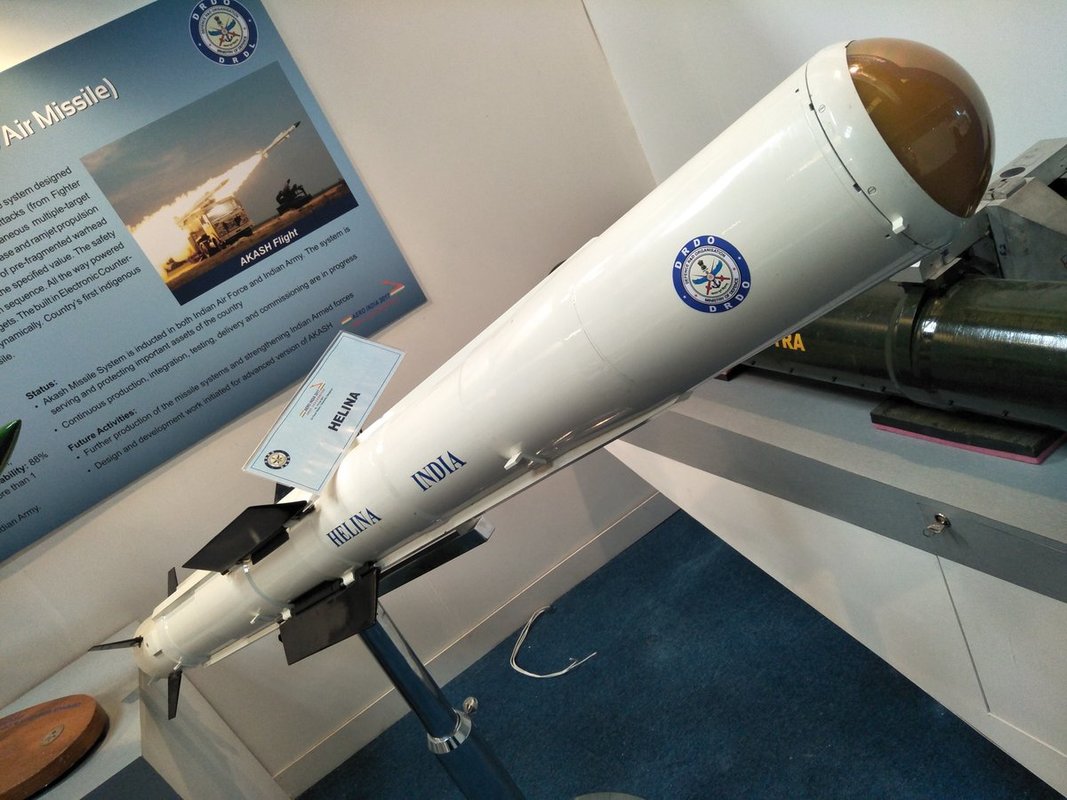
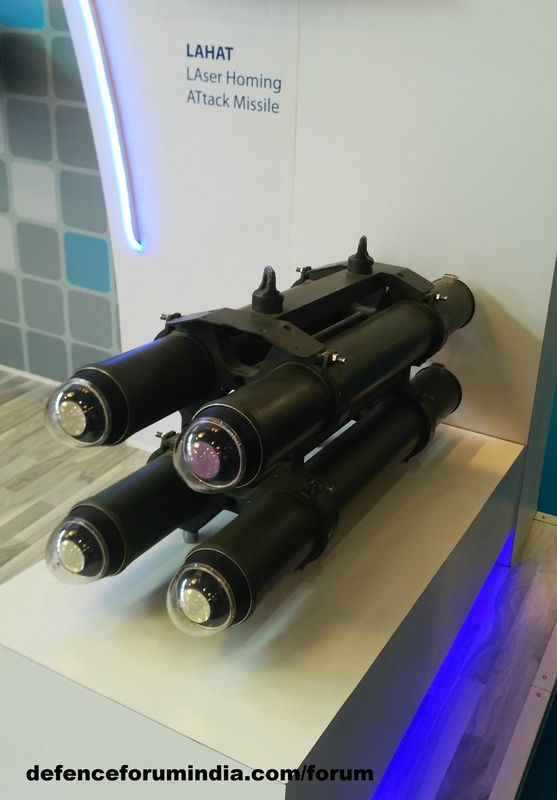
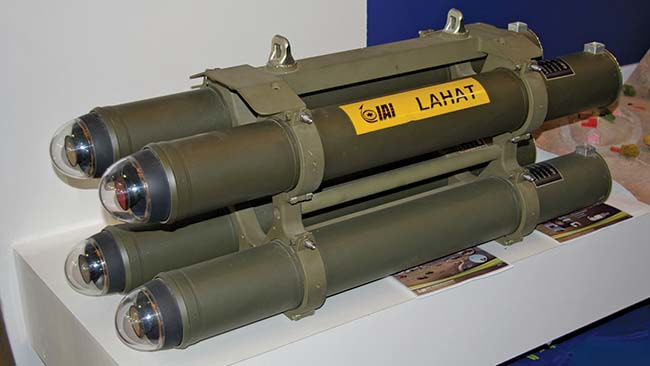
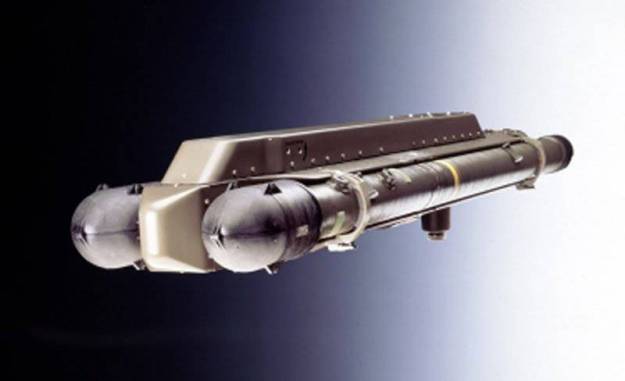
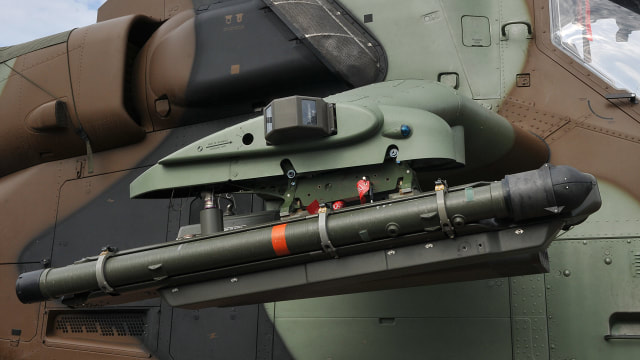
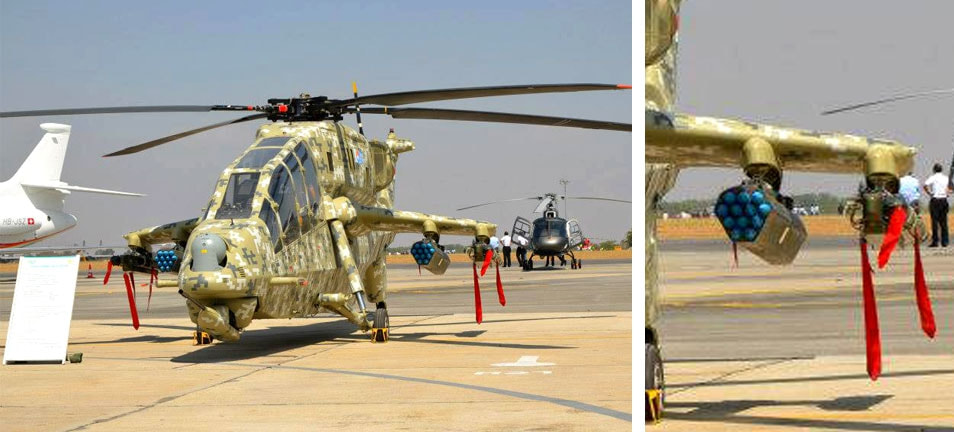
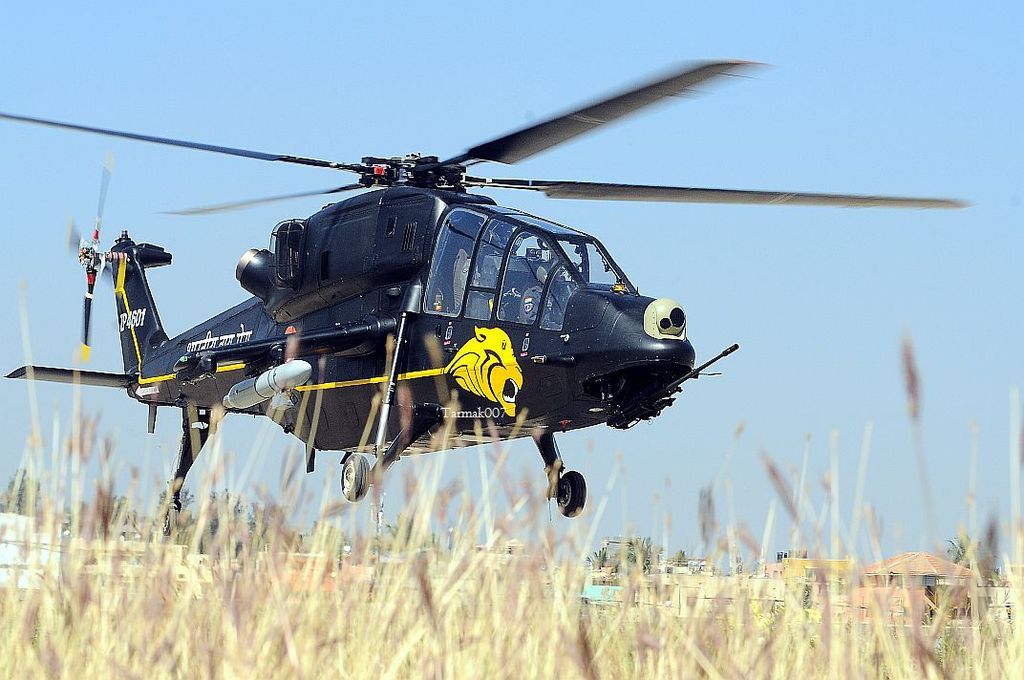
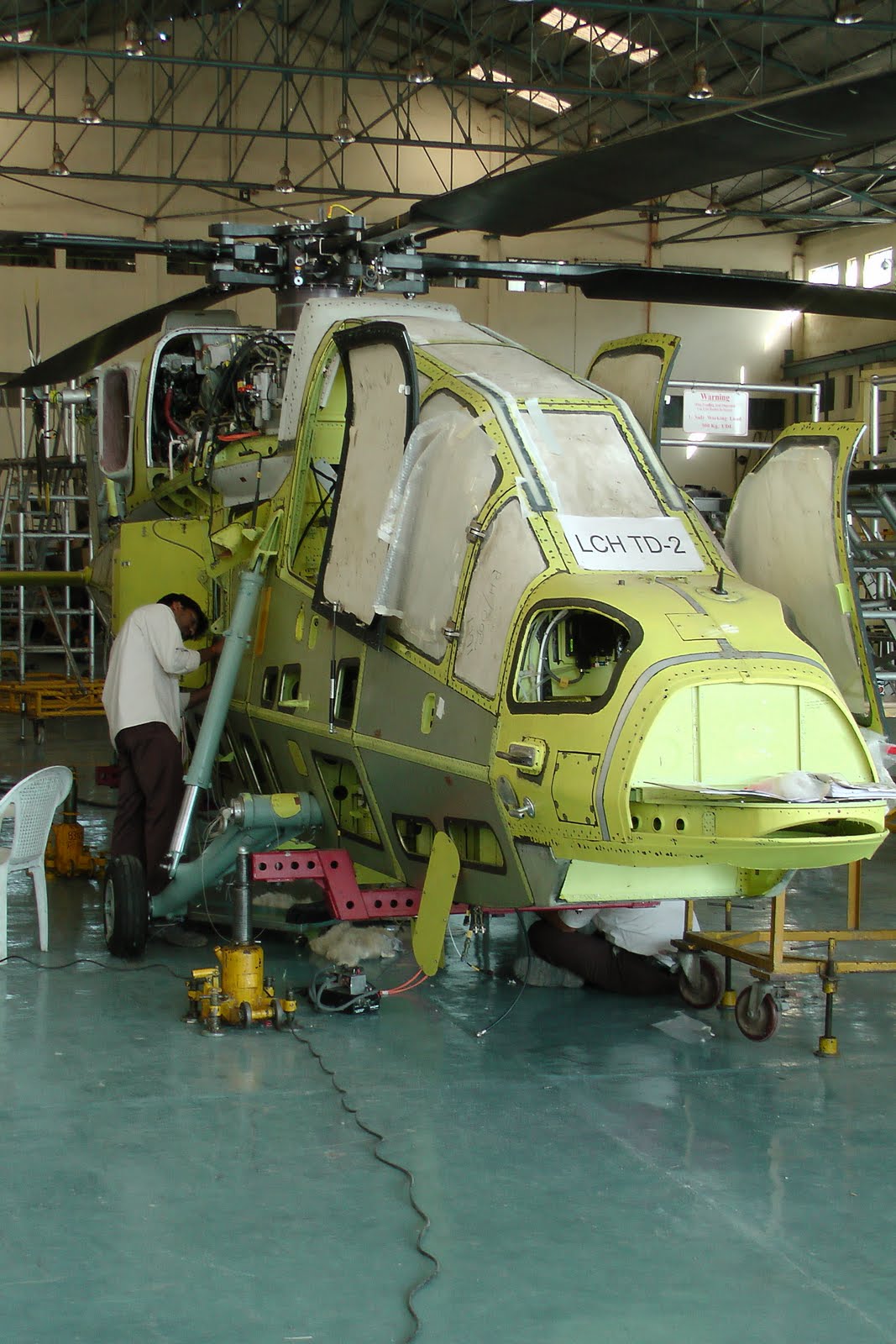
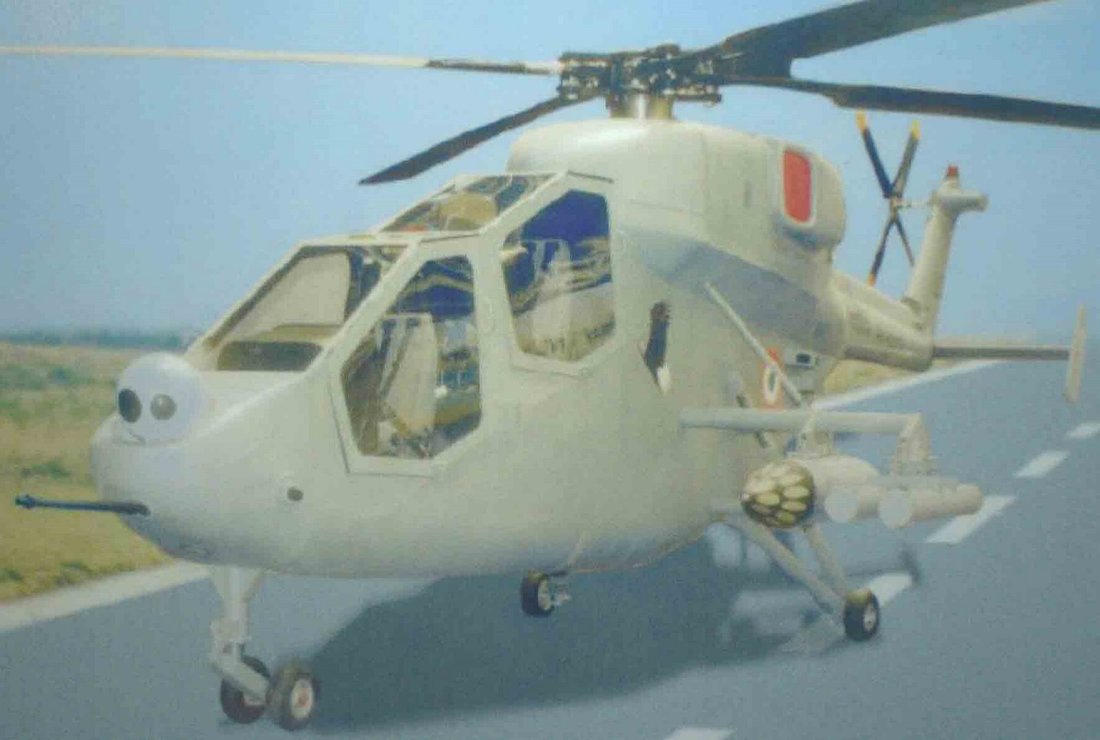
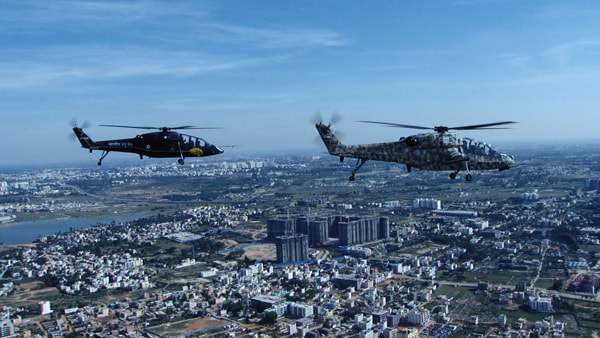
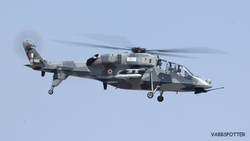
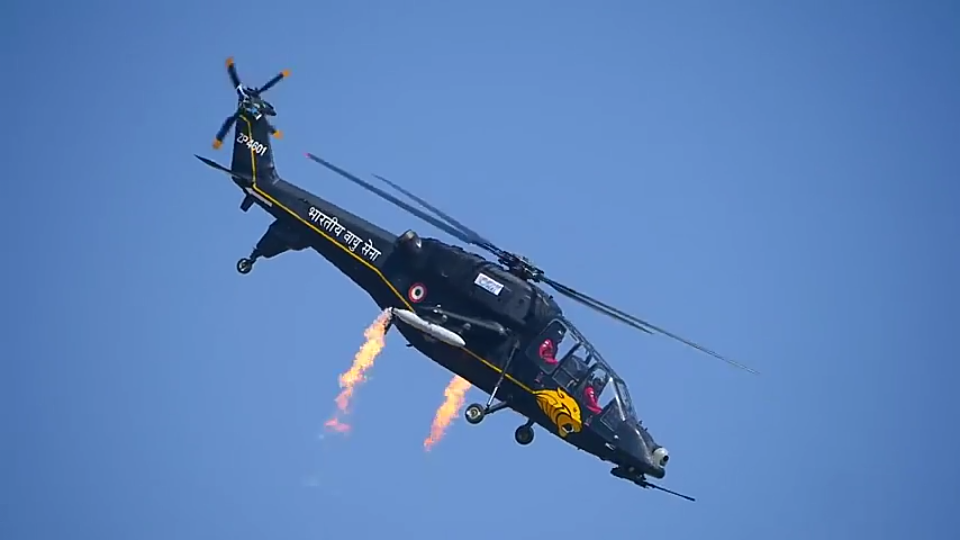
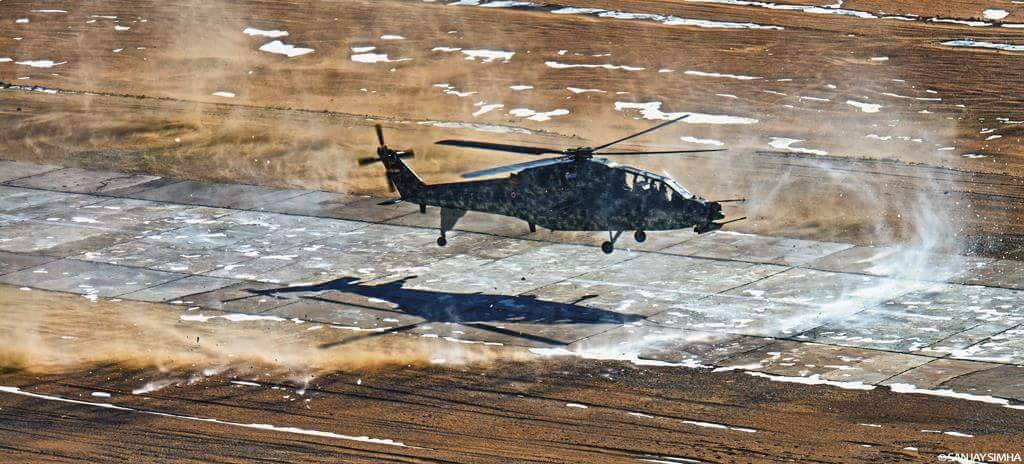
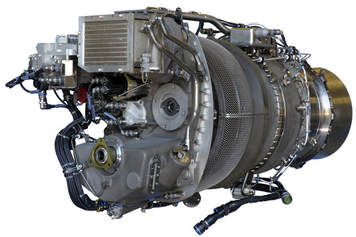
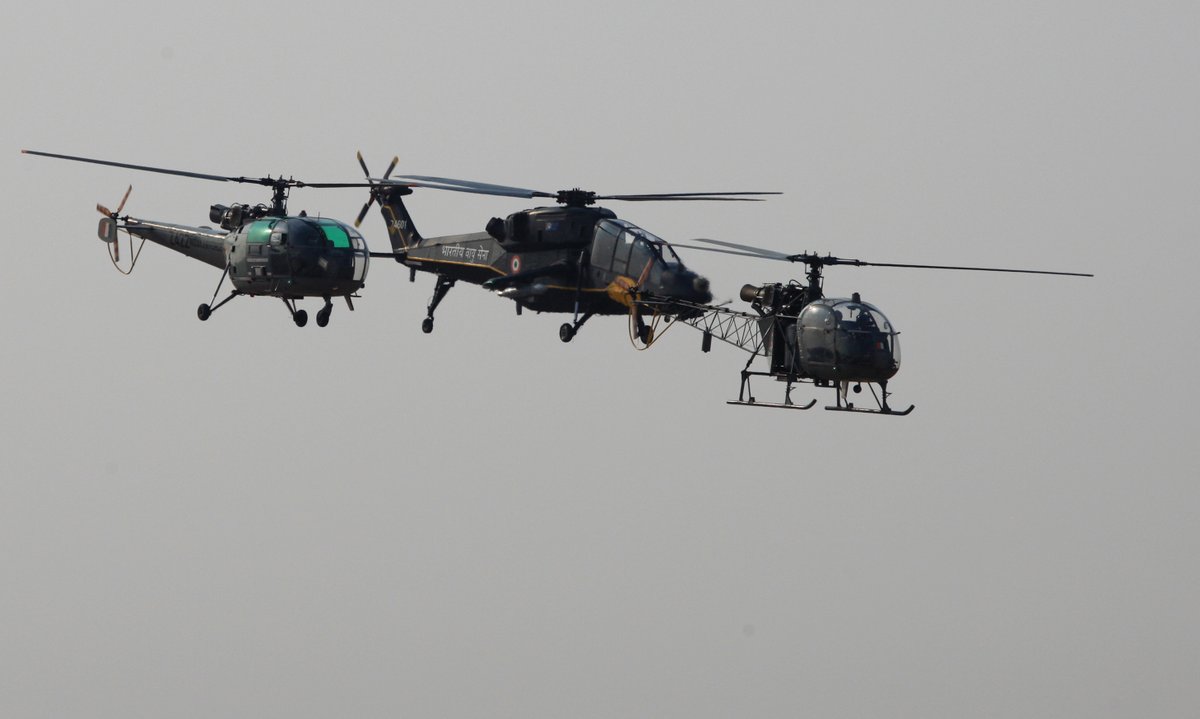
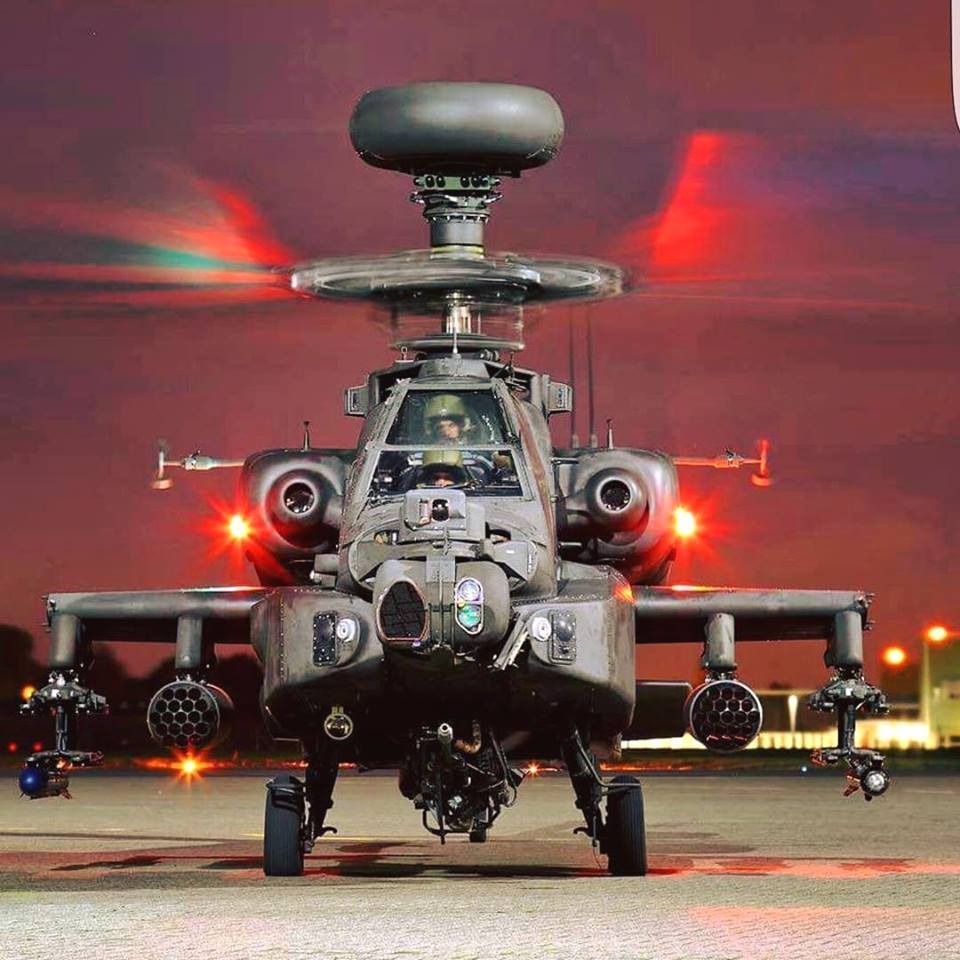
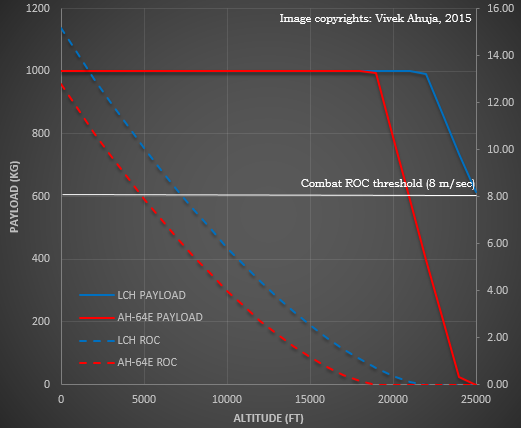
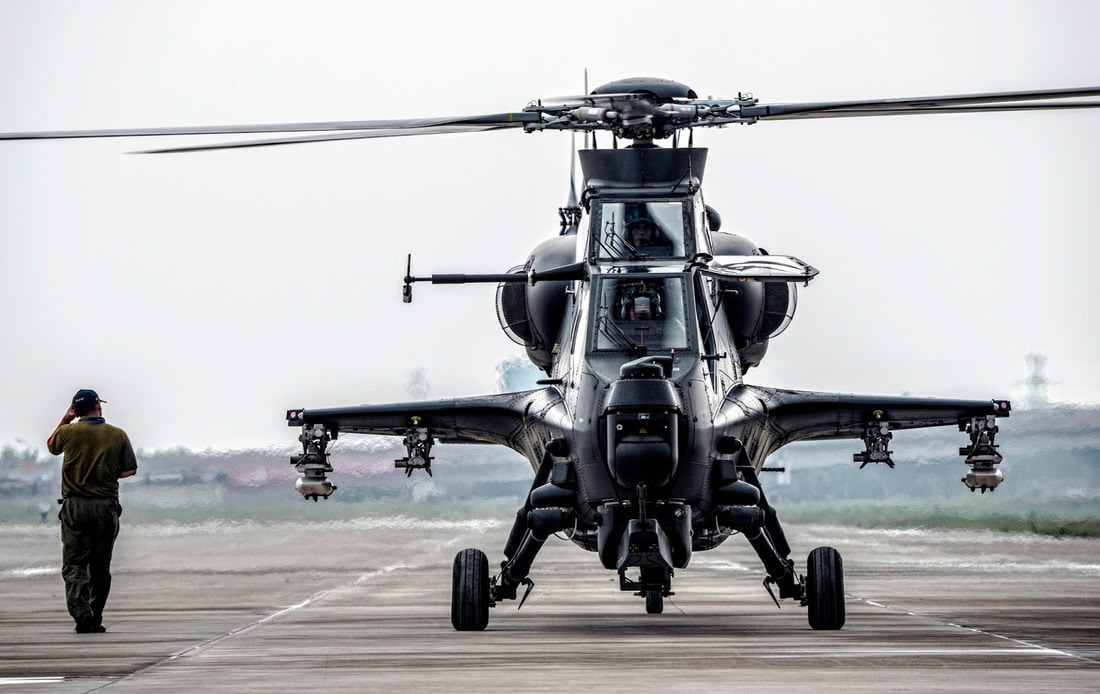
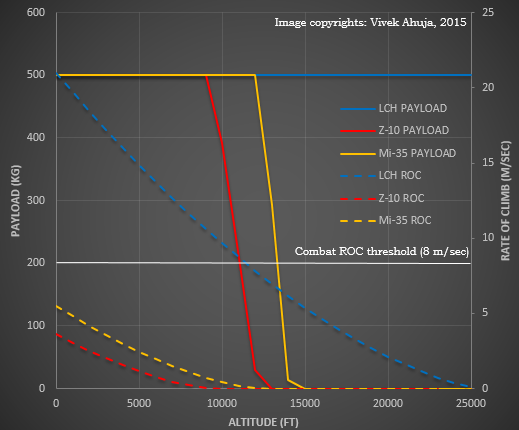
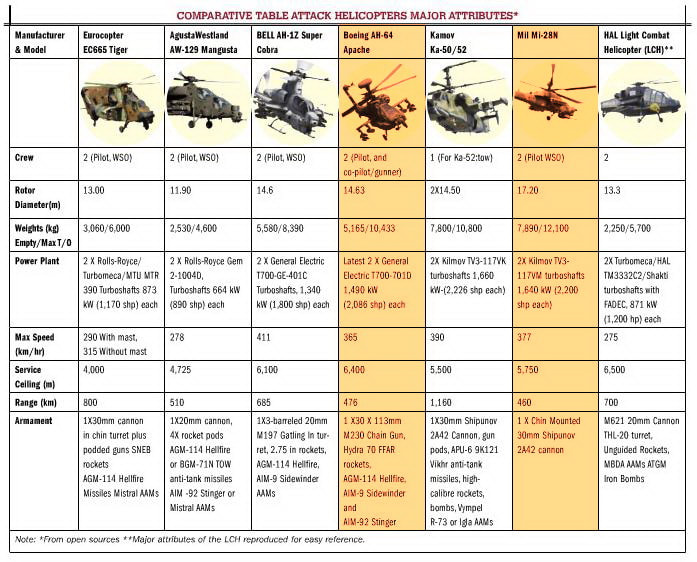
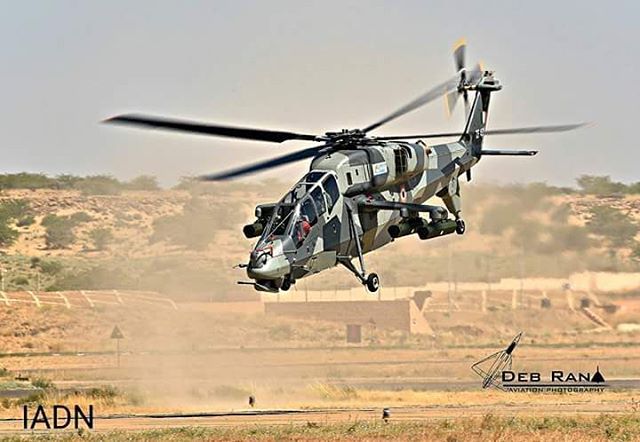
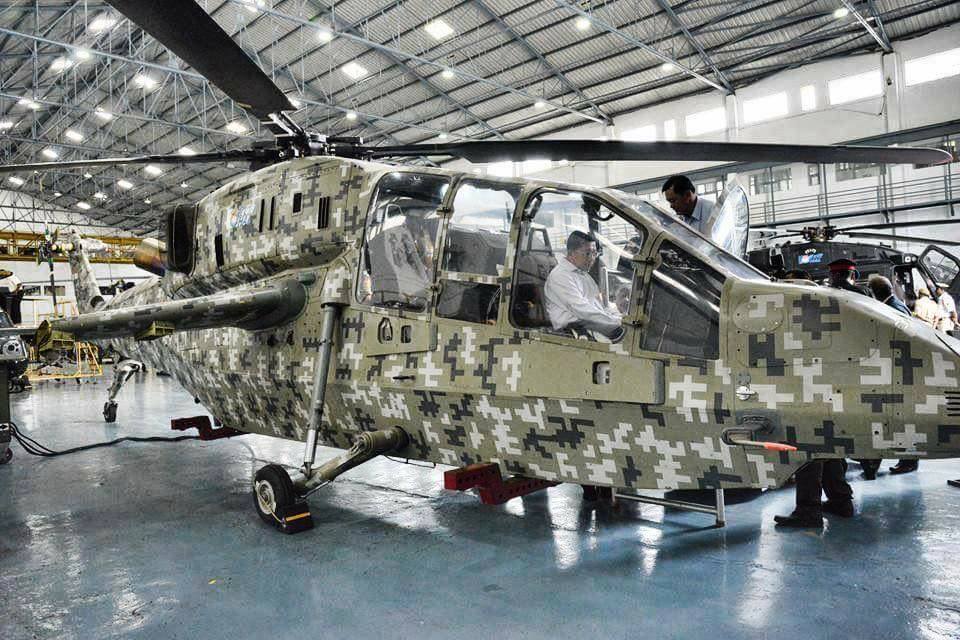
 RSS Feed
RSS Feed
